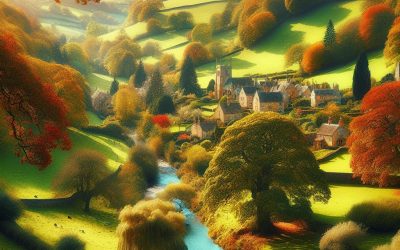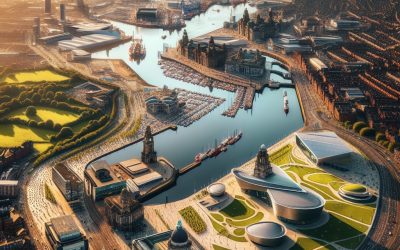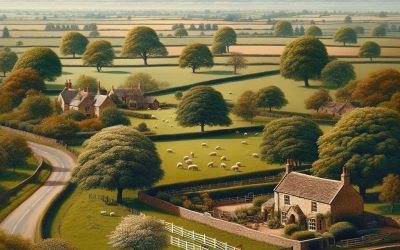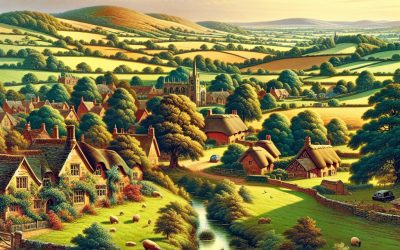Exploring the Grandeur of Blenheim Palace: A Stately Home Fit for Royalty
Blenheim Palace, located in Woodstock, Oxfordshire, is one of the most iconic stately homes in the United Kingdom. It is a masterpiece of Baroque architecture and is renowned for its stunning grounds and rich history. Built in the early 18th century, Blenheim Palace...
Oxfordshire, England
Oxfordshire, located in the heart of England, is a county known for its rich history, stunning natural landscapes, prestigious universities, and vibrant arts and culture scene. This blog post will provide a comprehensive guide to exploring Oxfordshire, highlighting...
Nottinghamshire, England
Located in the heart of England, Nottinghamshire is a county that offers a wealth of attractions and experiences for visitors. From its rich history and heritage to its stunning natural beauty and bustling cities, Nottinghamshire has something for everyone. Whether...
Sussex, England
See Also: East Sussex West Sussex Located in the southeastern part of England, Sussex is a county known for its rich history, stunning countryside, and charming towns. With its proximity to London and its diverse range of attractions, Sussex has become a popular...
Northumberland, England
Northumberland, located in the northeast of England, is a hidden gem that offers a unique experience for travelers. With its rich history, stunning coastline, and beautiful national park, Northumberland has something for everyone. Whether you’re interested in...
Northamptonshire, England
Northamptonshire is a county located in the East Midlands region of England. It is bordered by eight other counties, including Warwickshire, Leicestershire, and Bedfordshire. With a population of over 700,000 people, it is one of the most populous counties in England....
Norfolk, England
Norfolk is a county located in East Anglia, England. It is known for its rich history, natural beauty, and cultural highlights. With its stunning coastline, picturesque countryside, and charming towns and villages, Norfolk offers a diverse range of attractions for...
Middlesex, England
Middlesex, located in the southeast of England, is a county with a rich history that dates back centuries. Originally established as a Saxon settlement, Middlesex has played a significant role in shaping the history and culture of England. From its picturesque...
Merseyside, England
Merseyside is a county located in the North West of England. It is named after the River Mersey, which runs through the county and has played a significant role in its history and development. The county is home to several major cities and towns, including Liverpool,...
Lincolnshire, England
Located in the East Midlands region of England, Lincolnshire is a county with a rich history and stunning natural beauty. It is bordered by several counties including Norfolk, Cambridgeshire, and Nottinghamshire. The county has a diverse landscape, ranging from...
Leicestershire, England
Leicestershire, located in the heart of England, is a county that is rich in history, natural beauty, and cultural offerings. From its Roman roots to its bustling modern cities, Leicestershire has something to offer everyone. In this blog post, we will explore the...
Lancashire, England
Lancashire is a county located in the North West of England. It is bordered by the counties of Cumbria to the north, Greater Manchester to the east, Merseyside to the south, and North Yorkshire to the east. Lancashire has a rich history that dates back to Roman times,...










